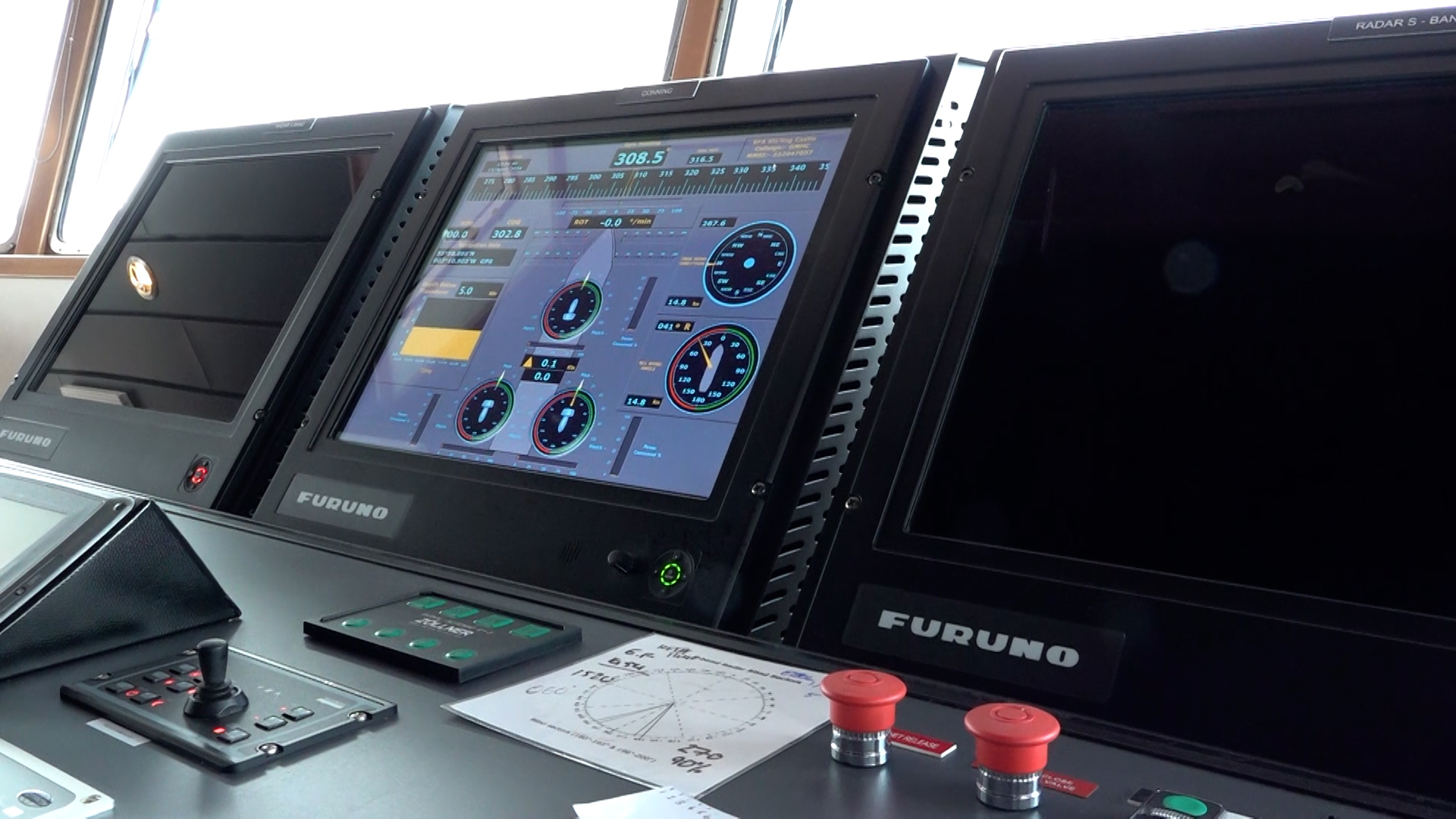From RFA to HMS: Stirling Castle, the minehunter with autonomous countermeasures – and a sauna
For the first time in living memory, a Royal Fleet Auxiliary vessel has made a rare and significant change.
RFA Stirling Castle has been officially designated as a commissioned warship within the Royal Navy and will now be referred to as HMS Stirling Castle, dedicated entirely to frontline operations.
This allows personnel of the mine-hunting ship to concentrate fully on their vital roles of storing, preparing, deploying and recovering autonomous boats and underwater systems for mine warfare.
The White Ensign was hoisted at Stirling Castle's masthead for the first time in a ceremony in Birkenhead, with her 45-strong ship's company of sailors and officers officially moving on board the ship currently berthed at the Cammell Laird facility on the banks of the Mersey.
Commanding Officer, Commander Phil Harper, said: "This is the first time in living memory that Royal Navy personnel have taken over a ship from the Royal Fleet Auxiliary.
"I want to recognise the amazing work that the RFA have done in bringing this ship into service and preparing her for handover, and to thank them for the great headstart we have been given in delivering Stirling Castle into service as a warship.
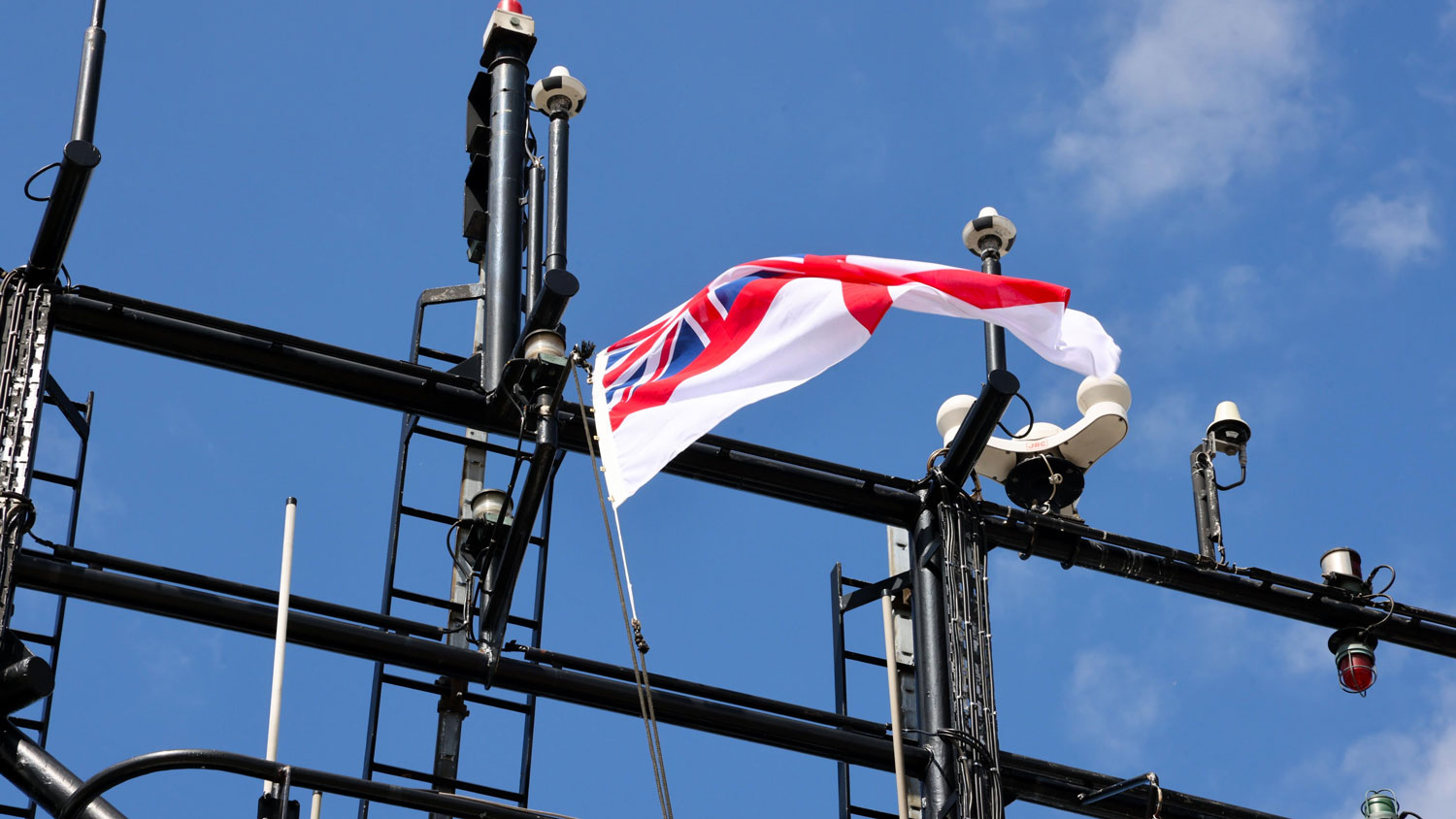
"We will soon be launching and recovering autonomous mine-hunting vehicles from this ship, keeping the seas safe for UK and allied warships and merchant sailors alike in an increasingly dangerous world."
HMS Stirling Castle is an integral part of the UK's at-sea mine hunting capability.
With her unique blue and white livery – with plans to repaint her grey in the future – she will take her place on frontline duties, carrying high-tech equipment, including autonomous surface and underwater vehicles for specialist mine-hunting operations, primarily in UK waters.
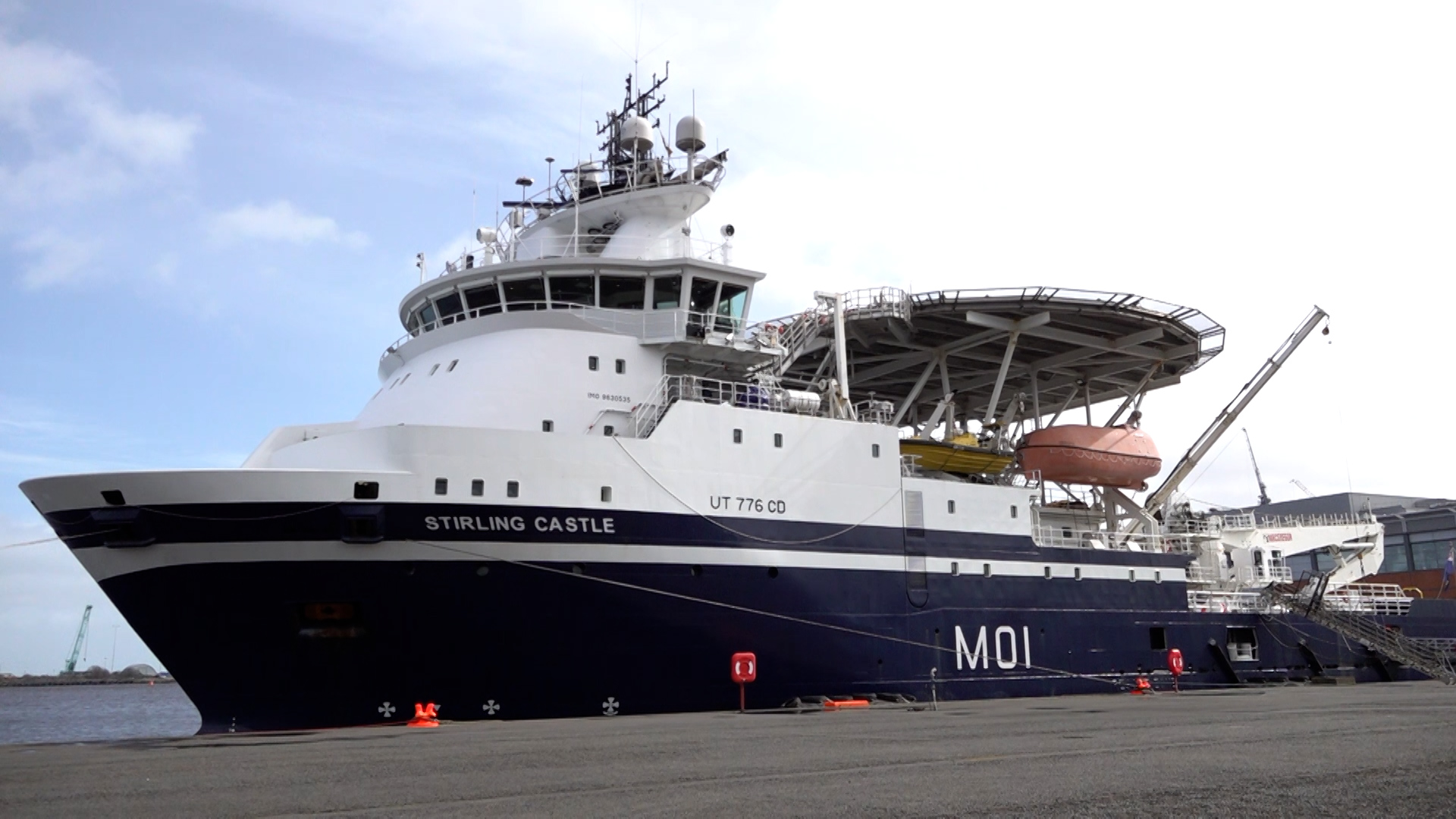
HMS Stirling Castle will augment the fleet's autonomous minehunting capability, carrying and launching the underwater drones that can pinpoint sea mines and historic ordnance.
The ship uses cutting-edge technology to act as a 'mother ship' for an array of remotely-operated and autonomous systems scouring home waters looking for mines.
Beginning life as the offshore support vessel MV Island Crown, the ship is the sixth vessel to be given the name Stirling Castle and will call His Majesty's Naval Base Portsmouth home.
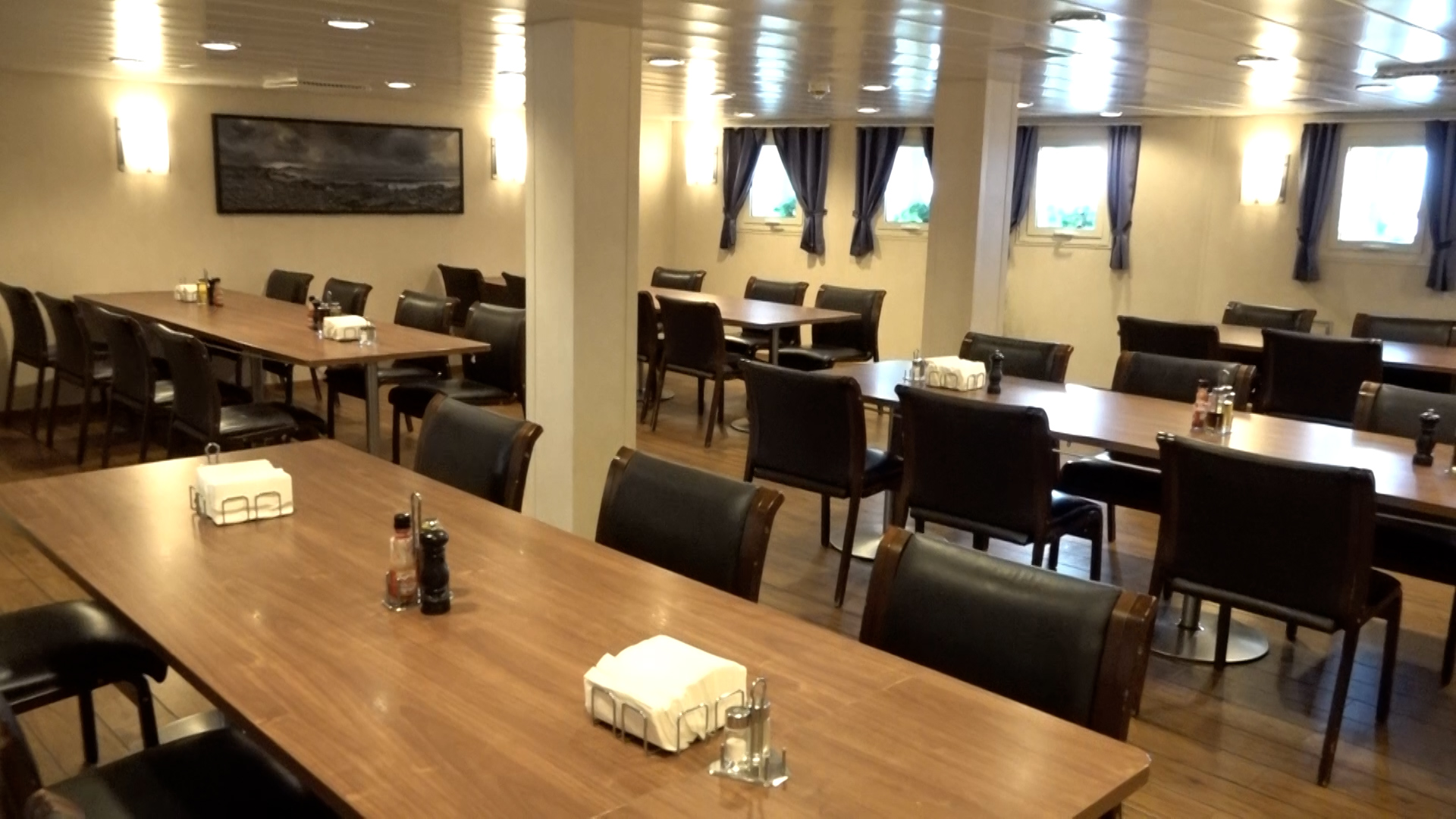
HMS Stirling Castle is well kitted out, with a maximum of two sailors sharing each cabin, which have en suite bathrooms.
A single mess for around 30 crew and 12 Royal Navy specialists is on board, and there are two gyms to keep everyone fit for service.
As well as being equipped for autonomous mine hunting, the ship has all mod cons and, being a former North Sea oil rig support vessel, she even has her very own sauna.
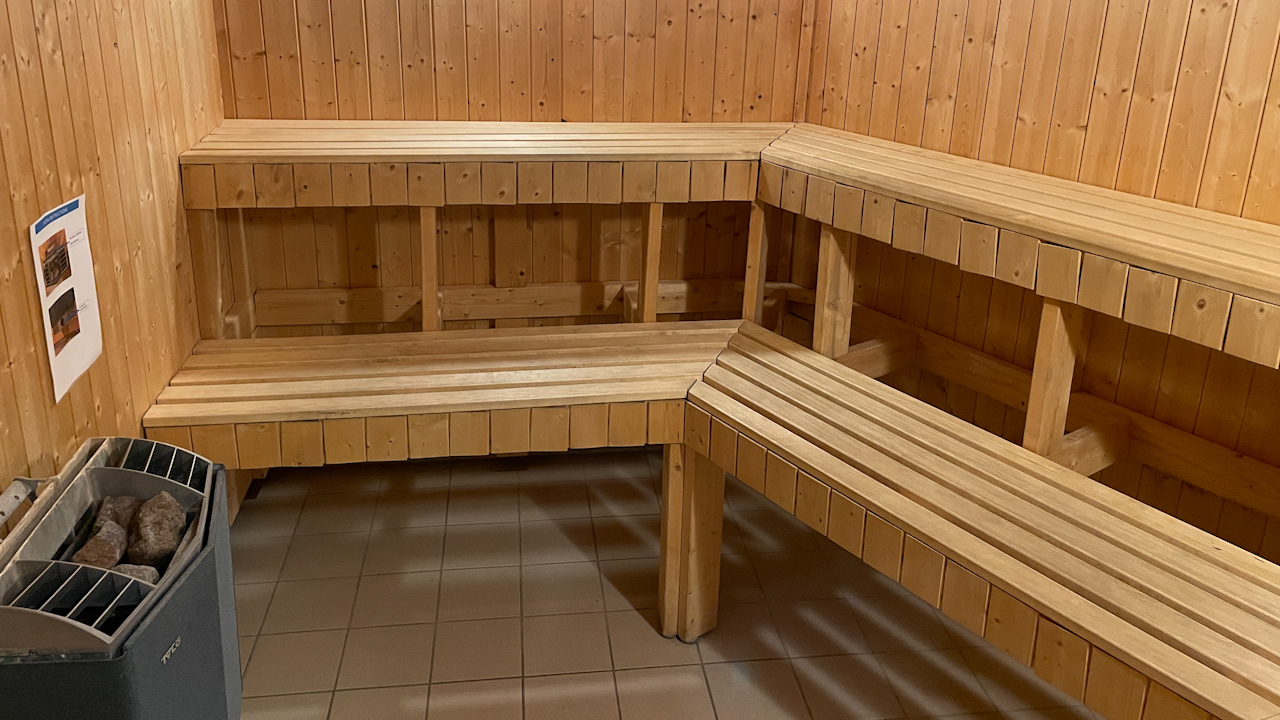
As well as being a fairly comfortable vessel to serve on, the ship has cutting-edge technology to help scan the seabed to detect threats.
This includes dynamic positioning to maintain her location in even rough sea conditions.
Stirling Castle being redesignated as a fully commissioned warship marks a shift in how the Royal Navy deals with the threat of sea mines, taking on the role of the Sandown-class vessels and forging ahead with a new approach – focusing on developing the autonomous capability.
In April 2024, the Duke of Edinburgh joined the crew of HMS Stirling Castle to officially welcome her into the service.
A service of dedication was held on board while she was alongside at Leith Docks in Edinburgh.
